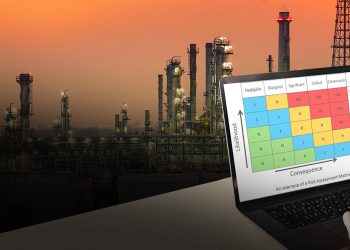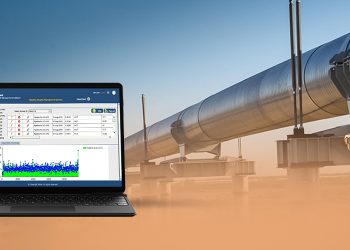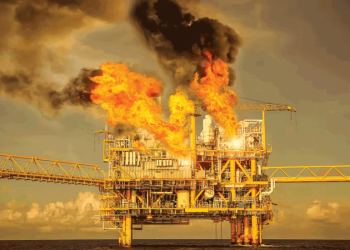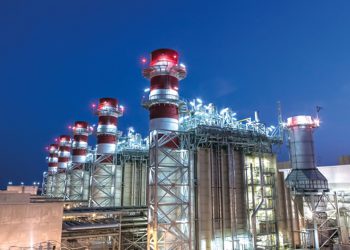Building Risk Assessment (BRA)
Building Risk Assessment (BRA) is a tool used to evaluate the risks to people in occupied buildings in the facility. It accurately measures the risk and identifies any improvements that are required to ensure that they are adequately safeguarded for any major accidental events.
At Velosi, Building Risk Assessment is carried out to assess the explosion, fire, and toxic release hazards using the three-stage process outlined by API RP 752.
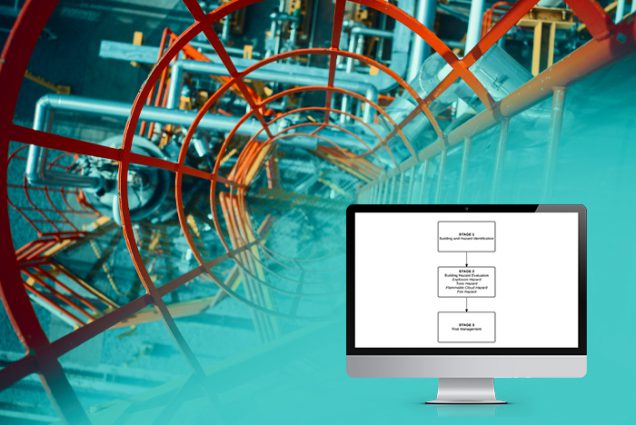
BRA Stage 1 and 2 involve the following steps:
Identifying potential hazards to which the buildings might be exposed, which may be from the operator or neighboring facilities.
Conducting consequence modelling as per Stage 2 BRA requirements and based on plant compositions, data and configuration for the facility.
Performing a detailed stage 3 BRA for major hazards, in case the mitigation measures identified at Stage 2 for the buildings are cost-prohibitive and impractical.
Identifying and recommending suitable prevention and mitigation measures for the building that are subject to unacceptable consequences from potential vapour cloud explosion (VCE), flammable cloud, fire and toxic hazards.
Providing design explosion overpressure and impulse values for the buildings.
As a minimum, the below information is required to conduct the Building Risk Assessment study:
Existing PHA/HAZOP report
Consequence Analysis Models
List and Drawings of Occupied Buildings
Building Occupancy Figures
Velosi has carried out a number of Building Risk Assessments for many clients worldwide. We are also experts in conducting the preceding consequence analysis, and other risk analyses including the Quantitative Risk Assessment (QRA) to quantify the total risk to the facility.





